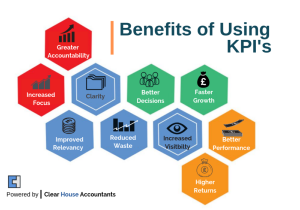— June 14, 2019
This is the final post in this series——-YAY! Thank you for hanging in there!
If you have missed the previous posts, The links to all the others in this series, please go to: Sensemaking, The Big Issue Facing Both Our Customers And Us.
As you might have guessed, I’m trying to make sense of sensemaking myself. I’ve been studying it for some, time, creating some experiments with clients. But I still have a lot to learn. Writing down some of the ideas is helpful to my learning process and my ability to articulate the them. I am still clumsy in the articulation, but will continue to refine and improve it.
But I wanted to try to give you some thoughts about how to move forward in your own sensemaking journey.
Some ideas, thoughts, challenges:
- Learn how to characterize where your customers find themselves. Which quadrant do they see themselves in? We’ve learned some parameters of how to do this–looking at order versus disorder, what is known versus what is unknown. Based on where they see themselves determines how we most effectively engage them.
- Recognize your customers may not know where they are or be able to articulate it. We create value by helping them assess their situation against the order/disorder, known/unknown dimensions through asking them questions about what they face.
- They may be in multiple spaces at one time. A certain part of the organization may be in a certain quadrant, other parts may be in different quadrants. Remember, complexity “rolls downhill,” so the “customers” you work with will be impacted by the rest of the organization. The lower they are in the organization, the more they will be impacted by those higher and in other parts of the organization.
- If you have to guess, a safe guess is that they are in the Complex domain. But again, how they respond to your questions in (2) will help refine that guess.
- Once we’ve figured out where the customer perceives themselves, you know have a “formula” for how to engage them in helping them address their challenges and move forward (respond). We know the frameworks for working with our customers:
- Simple: Sense, categorize, respond.
- Complicated: Sense, analyze, respond.
- Complex: Probe, sense, respond.
- Chaotic: Act, sense, respond.
- As a result, you can develop tools, processes, skills, content, systems, organizational structure/roles expert at addressing the problems and challenges within a specific quadrant.
- Where your customers are will vary depending on the market/solution maturity. Early in a market/solution cycle, we are likely to be in the Complex domain. As the solutions/markets mature, we move into the Complicated, ultimately Simple domains. Are targeting strategies and engagement strategies will vary depending on the maturity of the market/solution.
- Consider who owns the root problem you address with your customer? Problems/challenges generally occur in hierarchies. While we may focus on the “problem owner,” that problem may just be a small component of a much bigger set of problems. We might gain deeper insight and create greater value by working with those who own the “root” problem.
- We can dramatically reshape the market perception of a problem. Remember how SFDC reshaped the market for CRM, by redefining how customers perceived the problem.
Whew!!!! This has been a long journey! Thanks for hanging in there with me!
This was important for me to write. As we look at the turbulence both our organizations and our customers face, most of our traditional approaches, methods, strategies will no longer be sufficient. We have to change profoundly. We have to look for new processes, tools, approaches.
I’m early in my thinking on Sensemaking. Writing this was my attempt to start to think about the issues myself. I will keep coming back to this topic over the coming months.
Because I’ve covered so much in this series, I will be putting it together in an eBook. I will be adding a lot of references of materials I find helpful and tools you can use. If you are interested in getting it, send me an email at dabrock@excellenc.com. Give me several weeks, I have to consolidate and edit these posts.
Thanks again!
Business & Finance Articles on Business 2 Community
(98)







